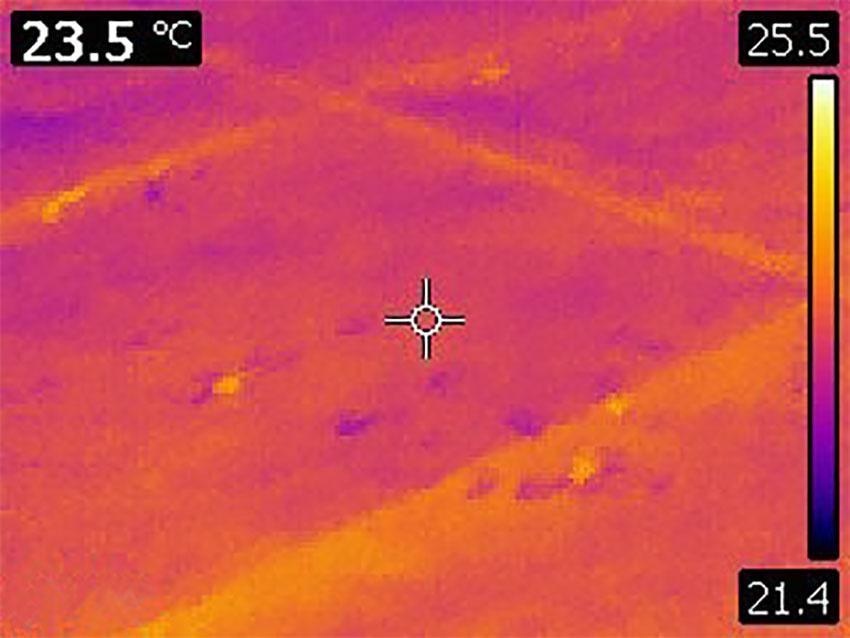Roofing & Waterproofing Forensics
Learning Objectives:
- Review the proper methodology of conducting a detailed on-site inspection for investigative evaluations.
- Discuss the types of moisture testing that can be conducted including proper equipment and testing requirements.
- Review adhesion test methods and the importance that these tests can provide for material/system analysis.
- Define the proper physical testing requirements for all roofing and waterproofing materials and systems.
Credits:
Forensic testing is playing an increasingly larger role in determining the cause of building exterior failures. The most important attribute of properly completed forensics testing is that it eliminates subjective thought and presents objective analysis based on factual evidence. This type of testing can also be utilized to provide critical information about existing roof systems and aid in establishing a program to extend the service life. In roofing and waterproofing investigations, forensics testing can be employed through two investigative methods: on-site analysis or material testing in an off-site laboratory. This webinar will explain how these methods can be conducted at all roofing and waterproofing components.

Photo: FLIR

|
John A. D’Annunzio has over 25 years of experience in roofing and waterproofing consulting, design, forensics, and material testing. He’s completed thousands of roof evaluations, design, and material testing throughout the world for Fortune 500 companies, municipalities, schools and universities, architects, and developers since 1987. John is also the author of five construction related books, including “Emerging Roofing Technology,” and has over 200 published articles on roofing and waterproofing technology. He’s currently the director emeritus of Building Enclosure Magazine, and a technical columnist for Roofing Contractor Magazine. John has conducted dozens of seminars and webinars throughout the world for architects, contractors, building owners, property managers and facility professionals. |









